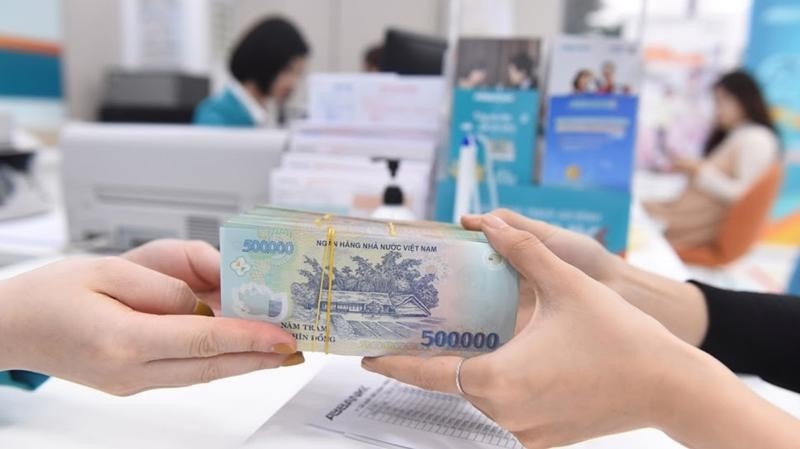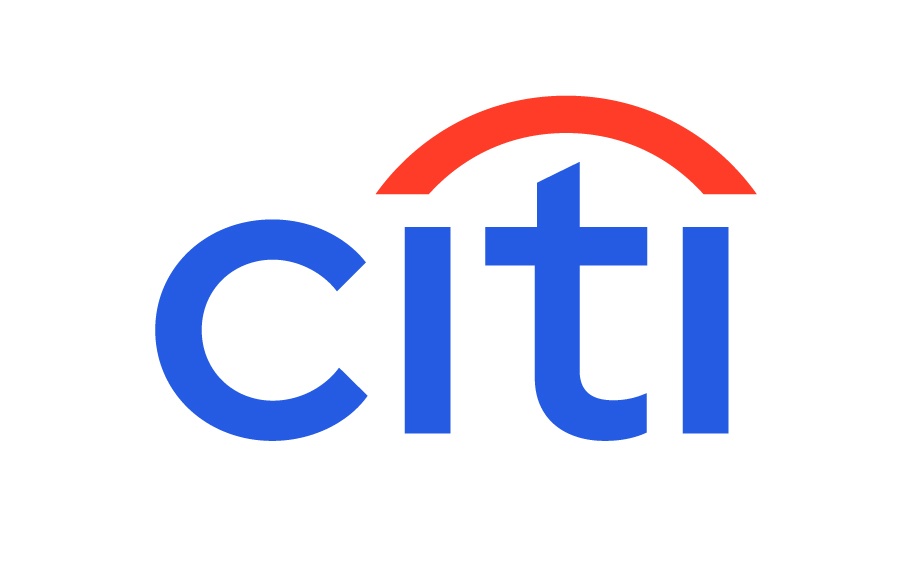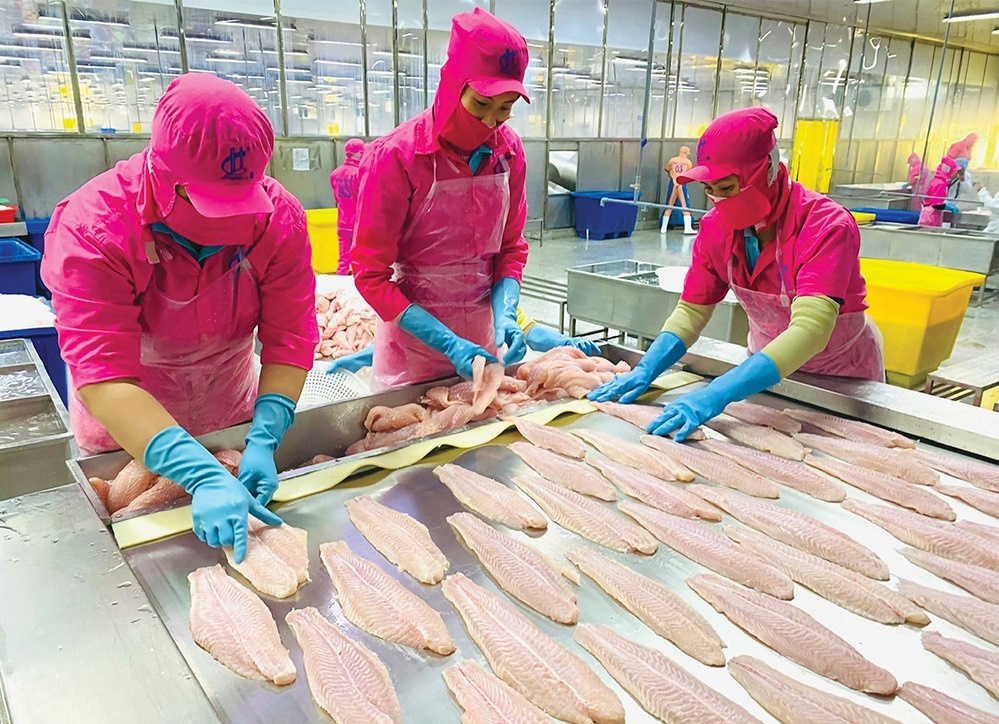Commercial banks to find forex profit routes

Despite the stable forex rate, banks should be able to profit if they develop policies
According to State Bank Governor Nguyen Van Binh the country will manage the foreign exchange rate within a 2 per cent trading bracket.
This has reiterated the State Bank of Vietnam’s (SBV) commitment to preserve the value of the domestic currency and restrict the dollarisation of the economy in the long term.
Commercial banks may feel disappointed by the decision which will mean there will be narrow opportunity to play the forex markets as an investment channel. Last year the SBV adjusted the exchange rate by some 1 per cent, causing difficulties for banks in earning from forex speculation.
According to Dinh Duc Quang, head of currency trading at HSBC Vietnam, the economy was not experiencing a shortage of foreign currency and the balance of trade was stable. While other sources including foreign investment and remittances also contributed to the surplus of foreign currency. In addition, the SBV had used forex reserves to intervene in the market.
Quang pleaded for greater flexibility in SBV management, “the State Bank shouldn’t close all the doors for banks to profit from forex trading. The SBV itself also understands that banks must prosper, so that we have capital to lend,” said Quang
But VIB deputy general director Le Quang Trung said that bank profits from forex trading were still good, although smaller than previous years and that to make profits in this context, banks needed specific strategies.
He claimed a route to profitable foreign currency trading relied on providing new products or investment options and that demand still existed for such investment options. But he added that the issue was whether banks were aware of these opportunities.
Looking at Vietnam’s steep yield curve; observers said that Vietnam was still an attractive destination among the emerging markets in the Asia-Pacific region. The gap between different kinds of interest rate was considerable. Current overnight lending rates stood at 3 per cent while government bond yields varied from 7.5 to 8.5 per cent per year.
Quang said that commercial banks were not facing liquidity shortages. Based on the State Bank’s requirement to maintain the gap on foreign currency positions at 20 per cent, banks would still make big profits from the exchange rate adjustment band of 2 per cent. Specifically, when they had a surplus of foreign currency, they could convert it to VND and invest in bonds, then they could earn from the interest rate gap.
“This is a very good business opportunity, but of course it requires banks to have effective tools to control potential risks, which always exist in the business based on the difference between the interest rates, between maturities”, Quang said.
According to experts, the opportunity for banks to gain profit from monetary trading remains viable, and is not simply based on speculation on foreign exchange rate fluctuations, currency devaluations set by the central bank or the ambiguity of dubious transactions.
What the stars mean:
★ Poor ★ ★ Promising ★★★ Good ★★★★ Very good ★★★★★ Exceptional
Latest News
More News
- BAC A BANK enhances options for young enterprises (September 04, 2024 | 09:47)
- Bad debt risks make banks switch focus (September 04, 2024 | 08:00)
- The prospects for foreign exhange market for rest of 2024 (August 31, 2024 | 21:52)
- Addressing legal gaps for resolving non-performing loans (August 31, 2024 | 21:47)
- CASA ratio assessment for first half of 2024 (August 31, 2024 | 21:41)
- Reference exchange rate continues going up (August 30, 2024 | 10:33)
- Banks still counting profit from securities trading (August 29, 2024 | 19:06)
- Central bank takes looser monetary measures (August 29, 2024 | 17:33)
- Citi report delivers insights to market opportunities with AI (August 29, 2024 | 11:50)
- Credit continues to flow into real estate sector (August 29, 2024 | 11:49)


















 Mobile Version
Mobile Version